The Pak Ou Buddha Caves, Luang Prabang, Laos



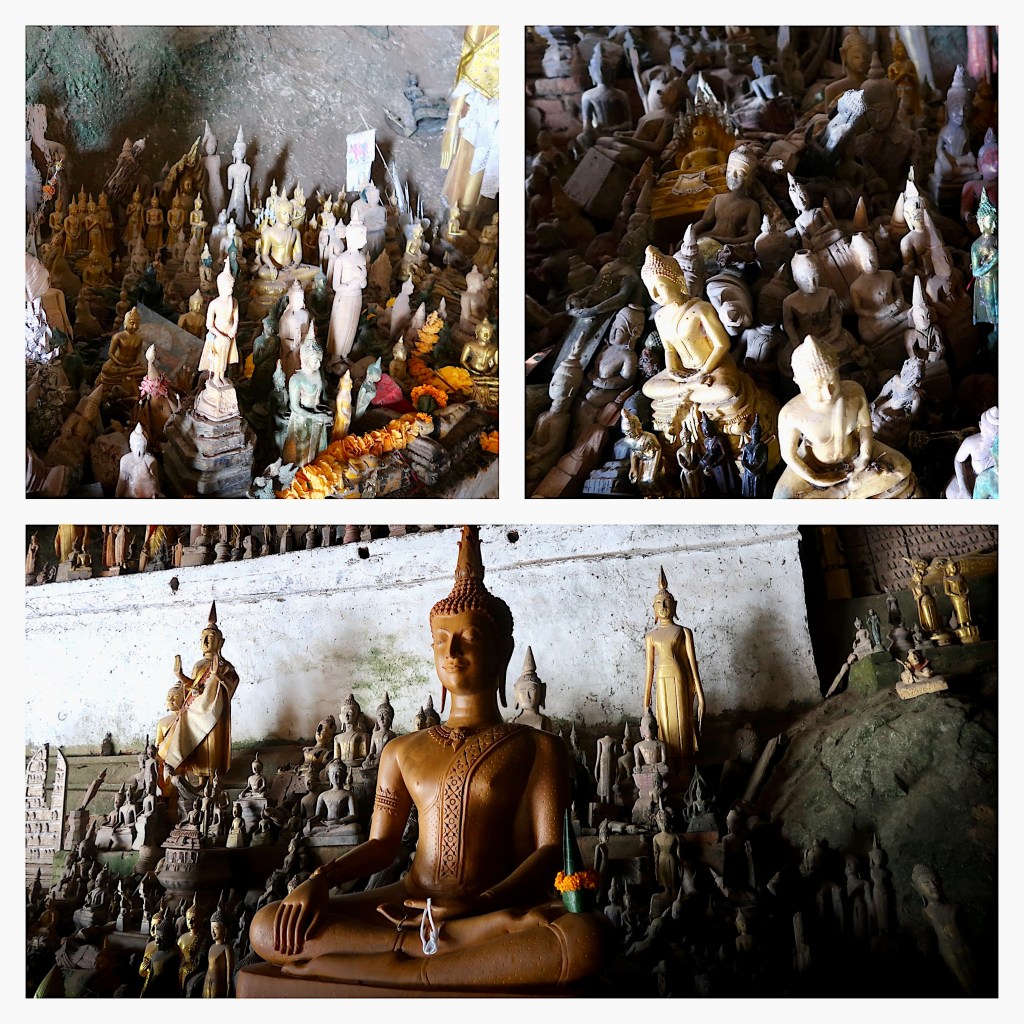
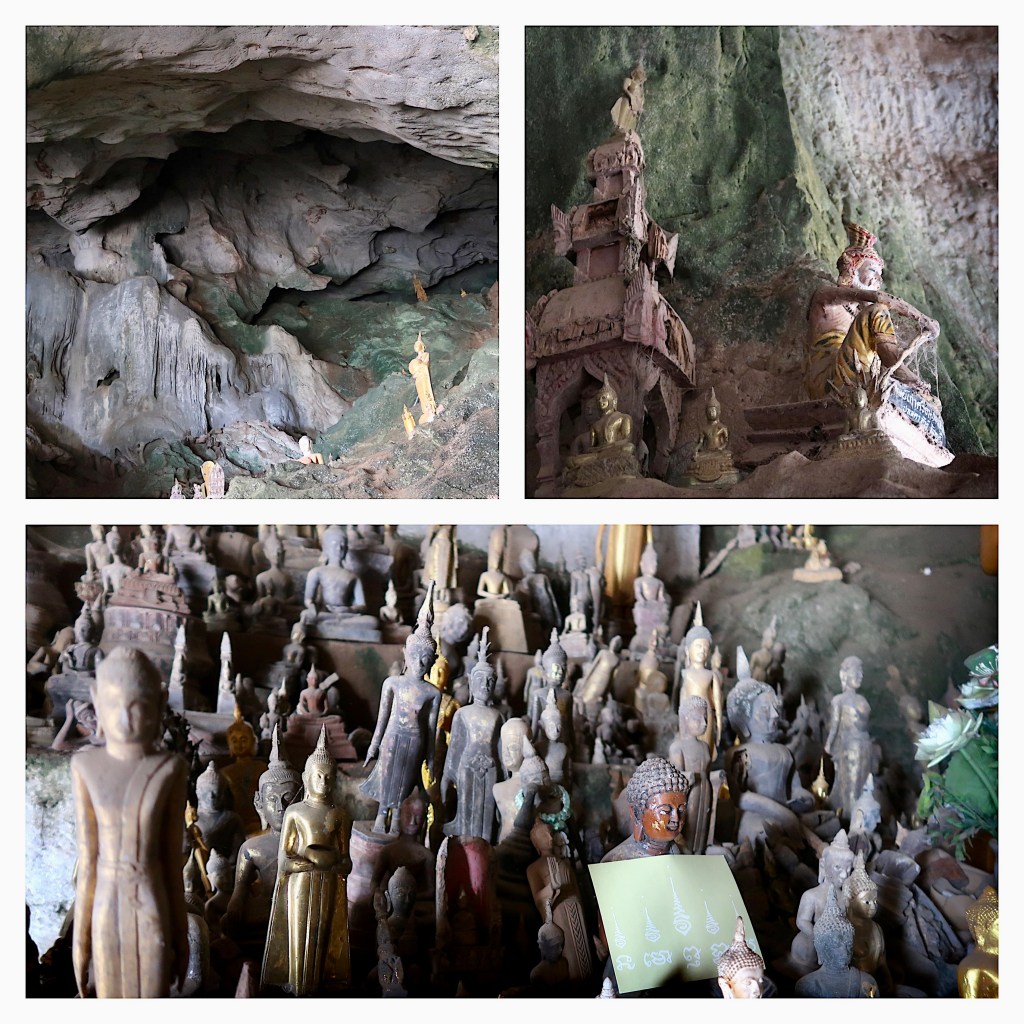













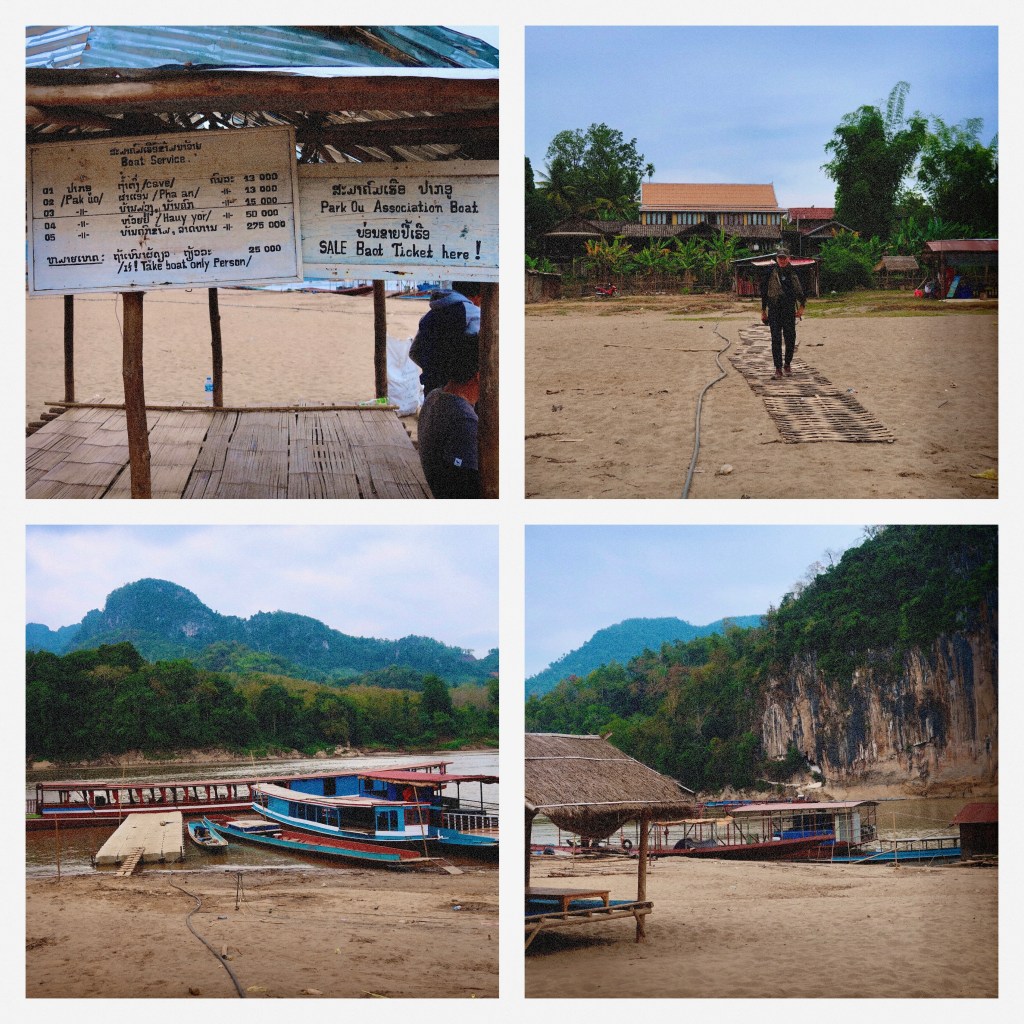
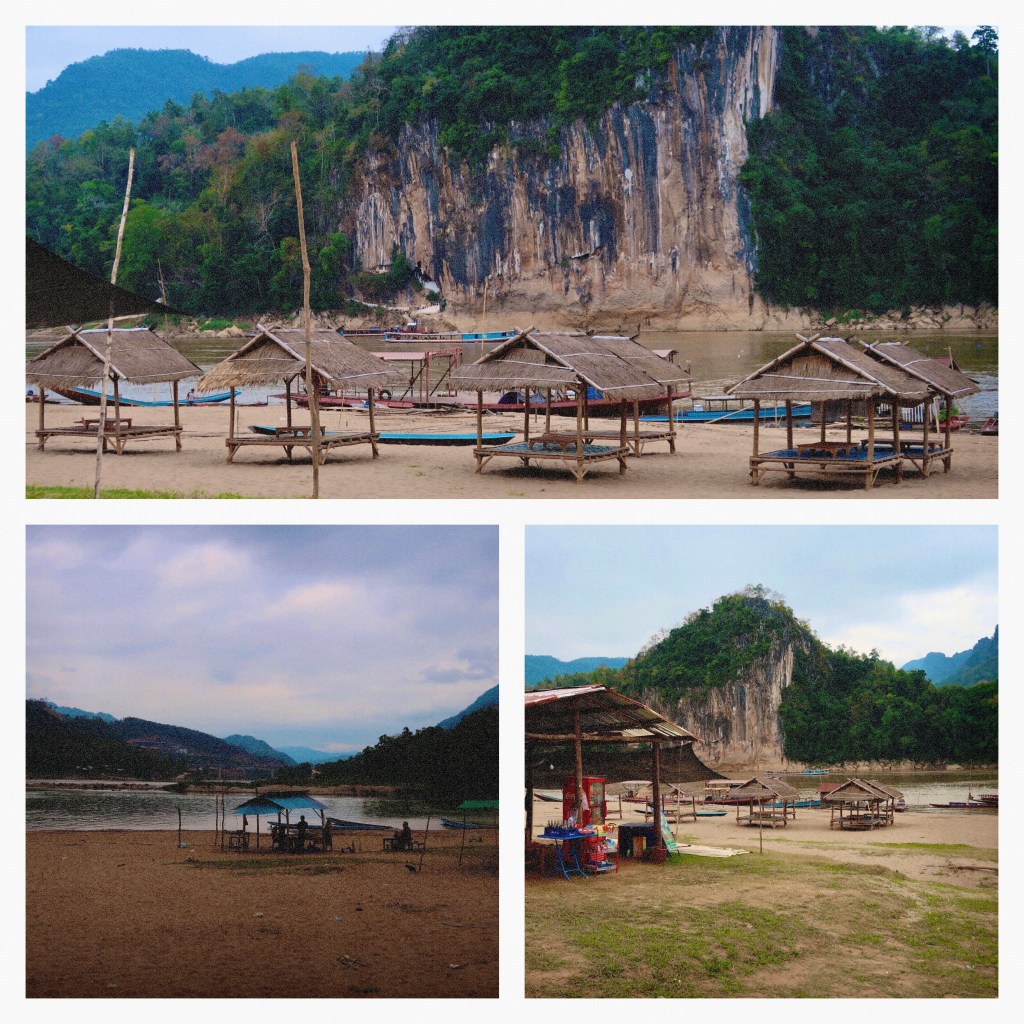













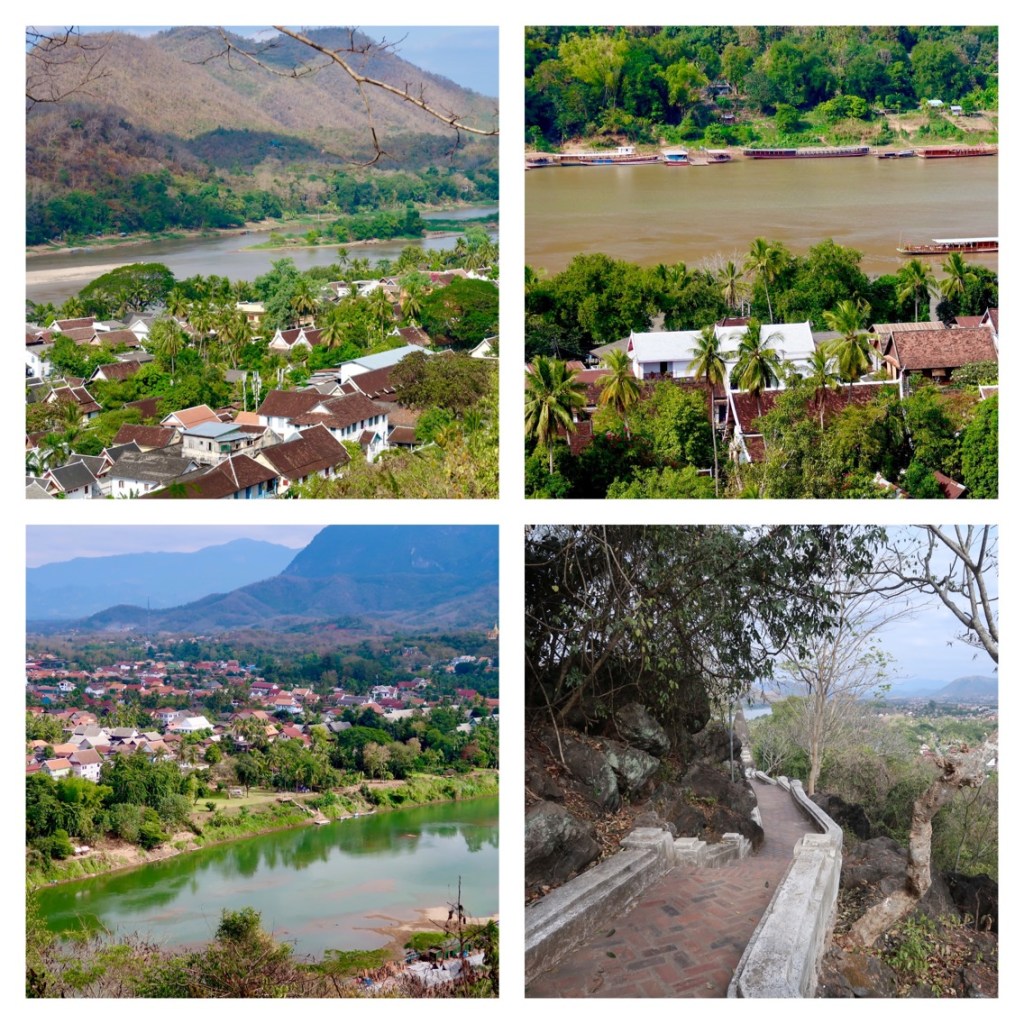

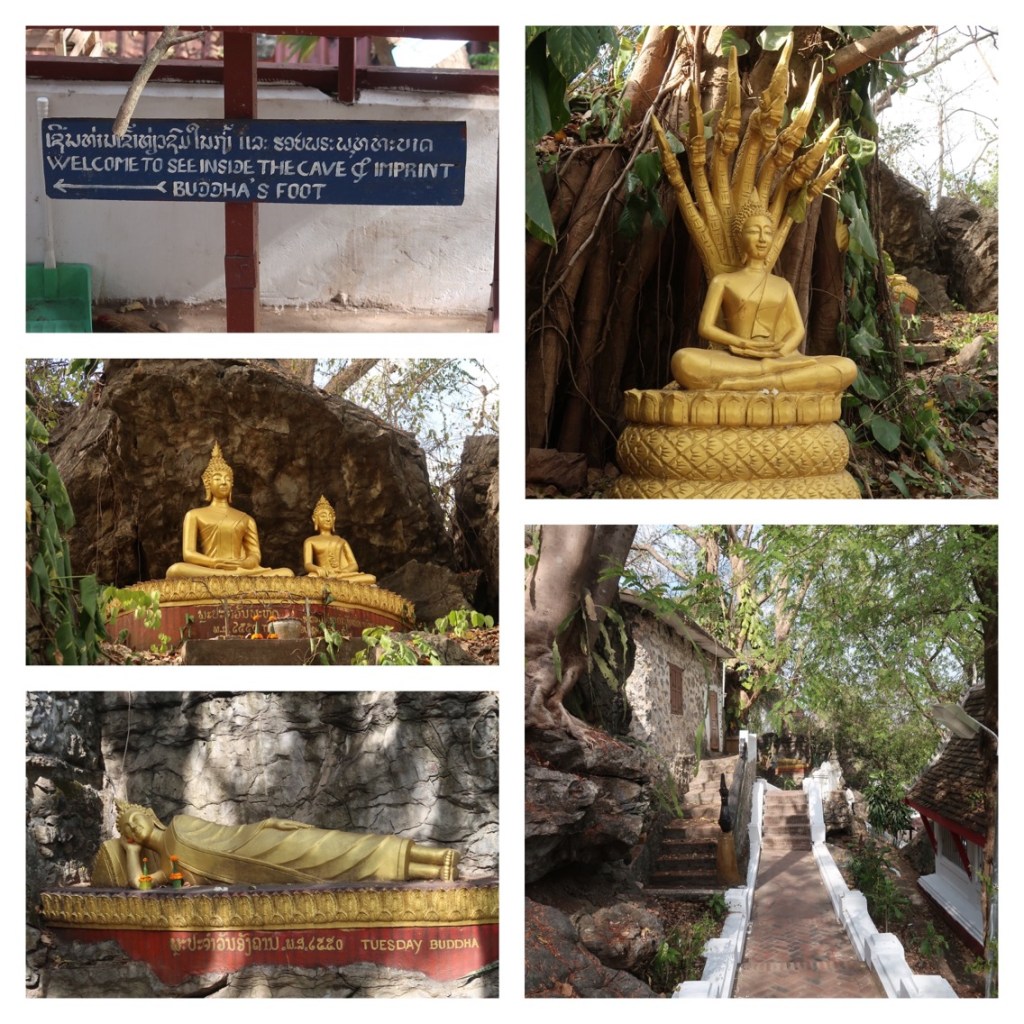
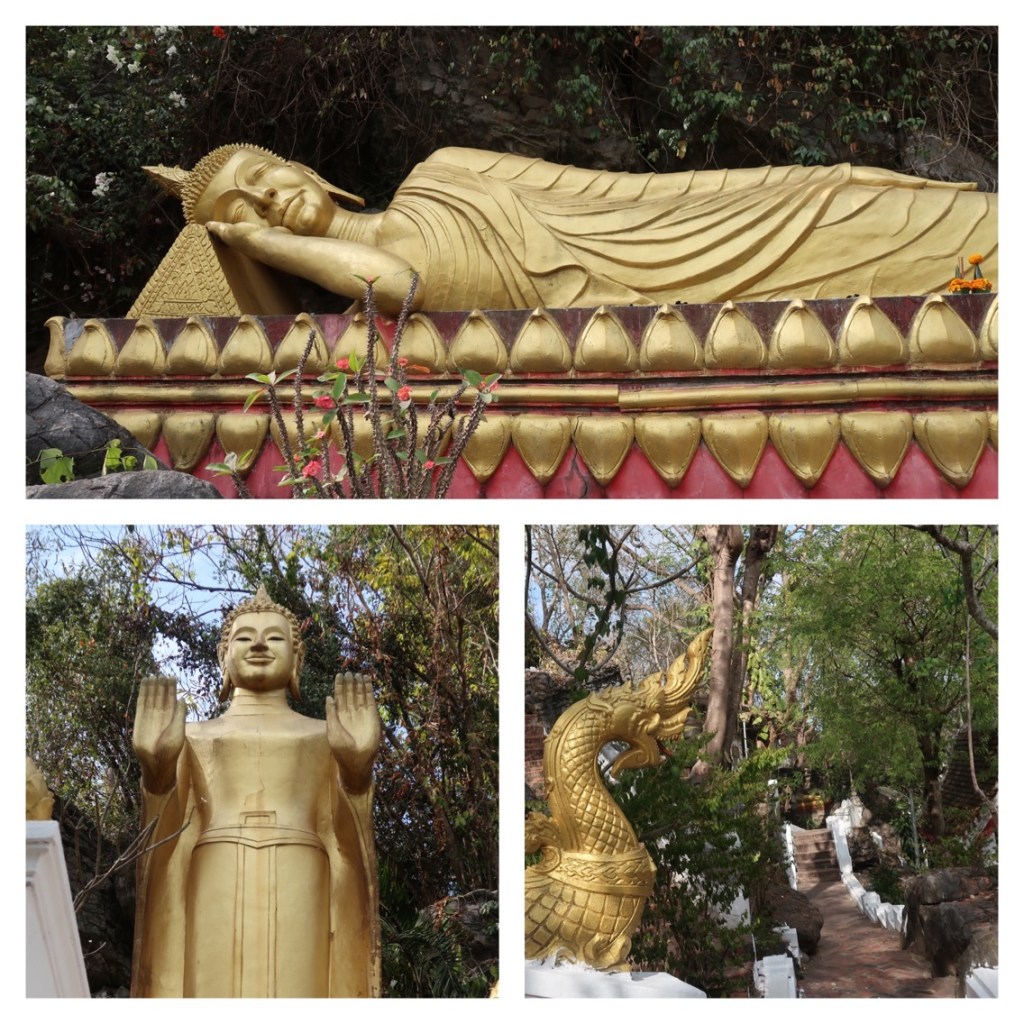
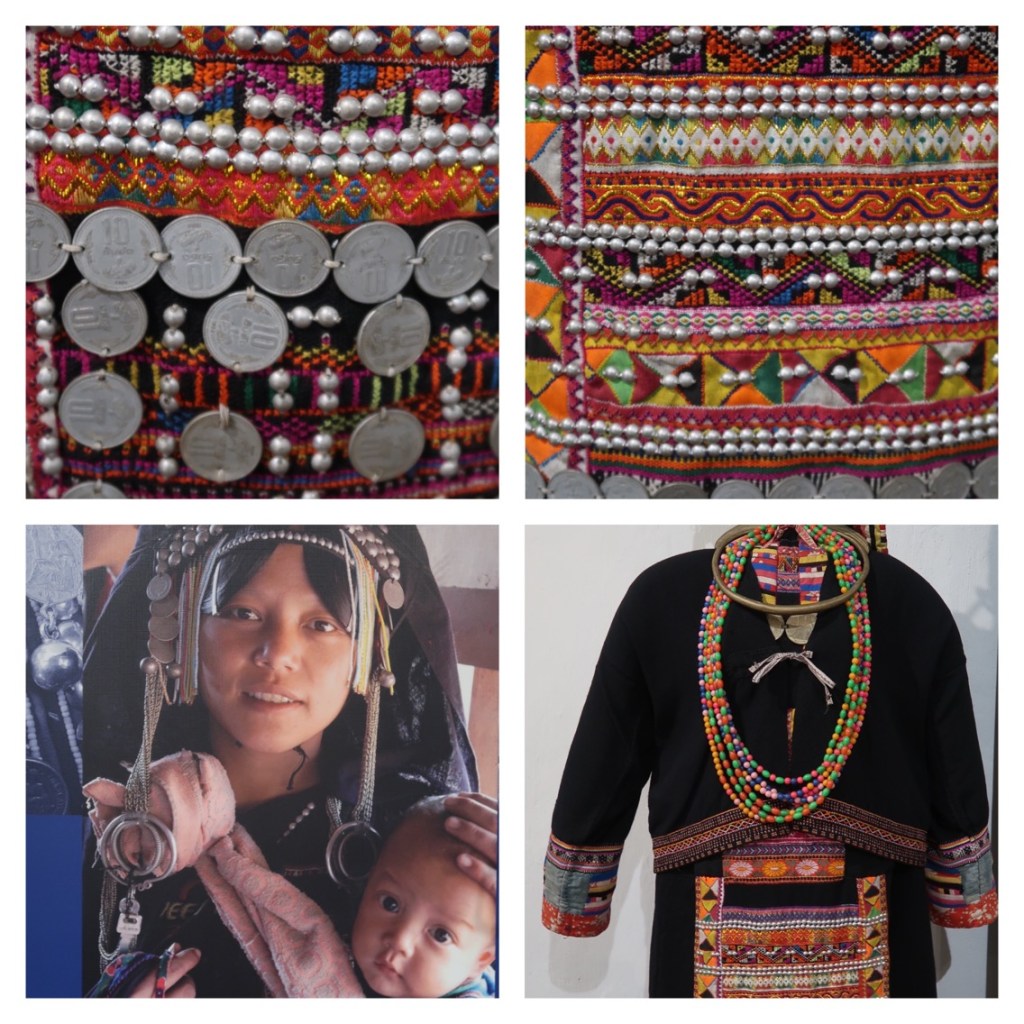
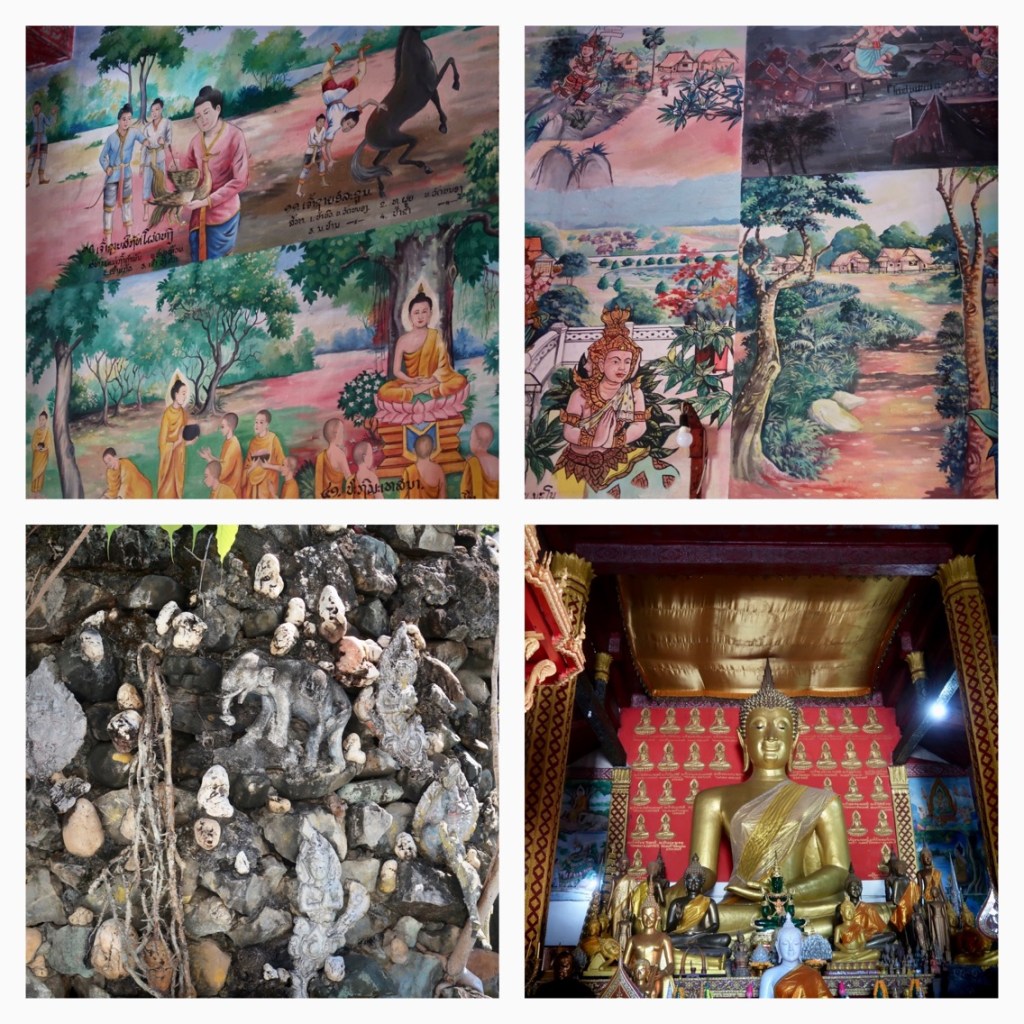





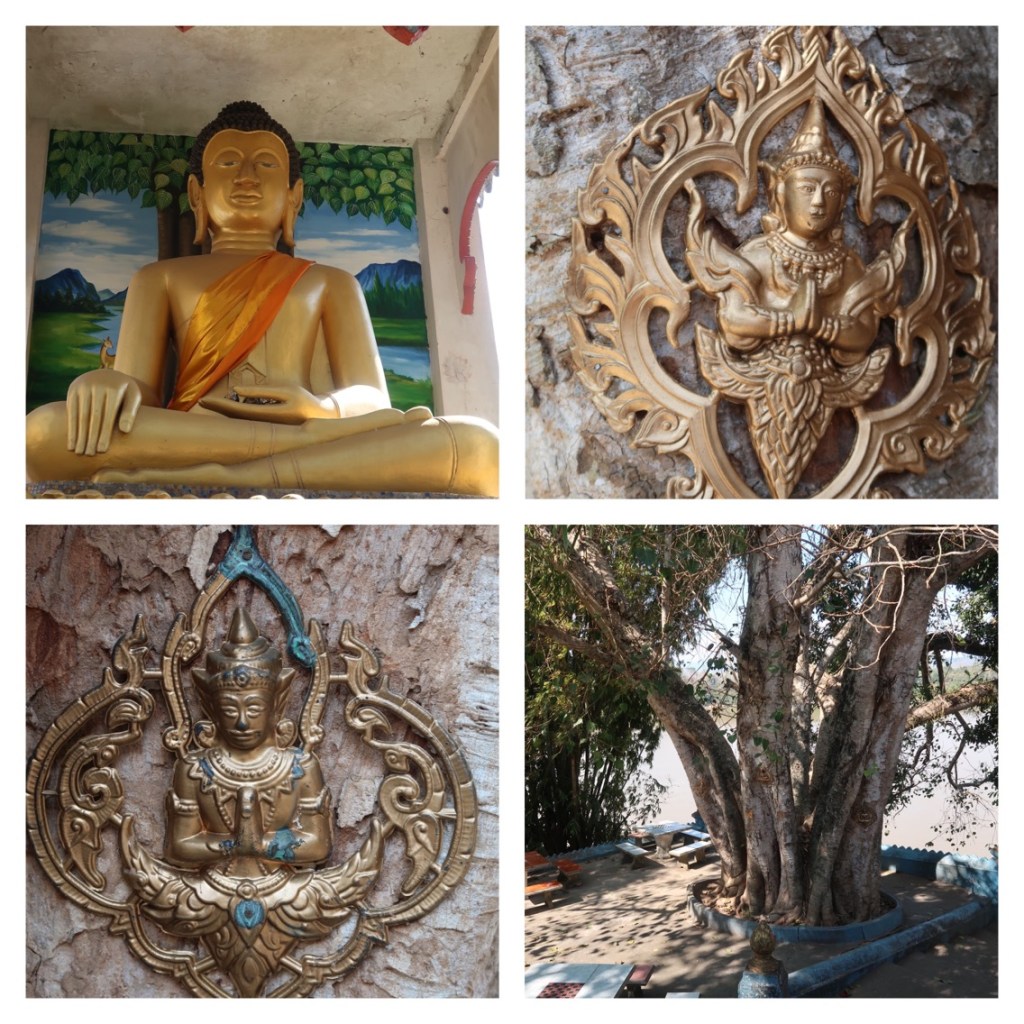
The Pak Ou Buddha Caves, Luang Prabang, Laos
The Pak Ou caves are two caves in the limestone cliffs jutting above the banks of the mighty Mekong River, that are filled with countless Buddha images.
We got there by hiring a taxi van to drive us about an hour north of Luang Prabang.
Some tourists get there by taking a scenic boat ride upstream on the Mekong river, but it takes about two hours each way from Luang Prabang.
The tourist boats usually include lunch on a long boat that is fitted out as a restaurant.
The Pak Ou cave is a beautiful cave that occurred naturally in the limestone mountain cliffs.
It sits across from Pak Ou village, where the Ou River flows into the Mekong River.
Our driver dropped us in the village, and after buying some handmade scarves to warm us from the chilly breeze, we hired a small longboat to take us to the cave.
The cave (locally called Tham Ting) is divided into two sections, a lower cave and an upper cave.
A set of stone steps leads up to the lower cave from where the boat dropped us.
Local vendors were selling food and simple souvenirs, like the Buddha’s face painted on local snail shells or live fish for your aquarium, caught in the Mekong River.
Archeological evidence shows that humans used the caves about 1000 years ago.
Some arcient tribes settled in the caves and lived both Inside and outside, divided into different groups of people who lived in different places.
They also used the caves for religious ceremonies during the time when the ancient people worshipped the “Phi,” (the spirits of Nature).
It is said the caves were associated with the Spirit Of The River.
It is believed that the Lao people first entered the river valley in the middle of the 8th century, after moving southward from south China.
According to local people, the lower cave was once used as the residence of an ancient monk, who attained enlightenment in the cave.
Since then, local people have brought more handmade Buddha statues to pay homage and honor his memory.
It was not until considerably later that Buddhism first spread into the area from the west.
By the 16th century Buddhism was adopted by the royal families of Laos and the caves received royal patronage.
Every year the King and the people of Luang Prabang made a pilgrimage to the caves as part of the New Year religious ceremonies.
During the New Year, the King and the local people came to pour water on the Buddha statues, and this practice is said to be still going on, although the buddha statues looked very dusty and full of cobwebs to me…
But the caves are much older than any human historical records.
According to archaeological evidence, the upper cave and lower cave were once buried under the sea, millions of years ago.
The movement of the water made this mountain and the caves.
Laos is a landlocked county with no seashore, so one can only imagine how long ago the sea receded, leaving behind this beautiful scenery of mountains and caves.
Artisans were commissioned by the Royal family to make sculptures to be placed inside the cave, so people who make a pilgrimage to the caves would have an image to worship.
There are more than 4,000 small sculptures of Buddha in the caves.
Most of the statues were carved from wood or moulded from tree resin and then coated with red or black lacquer.
Some are covered with gold leaf.
There are also a few statues made from copper or stone, a few carved from animal horns or made from bronze or a low fired ceramic.
More than 3,000 of the Buddha statues inside the cave were made in the 17th- 18th centuries.
The most beautiful wood carvings of the Buddhas were covered in gold and silver leaf, but they were stolen by thieves.
The cave did not look as impressive as some Buddhist caves that I have seen during my travels in Asia, but it is an important part of Lao history and a place that has been actively used by generations of people, and thus part of Laos’ cultural heritage.
The entrance to the lower cave is a prominent landmark, visible from the Mekong River.
Stone stairs lead up to this cave as well as to the upper cave, some 60 meters above the river.
A shrine for the visitors is the altar closest to the entrance, on which people place offerings of flowers, incense and candles.
Lion figures guard the entry.
A Ramayana sculpture of the 'Forest Hermit,' associated with forest medicine, sits immediately above the lower entry platform.
A large stupa-like structure surmounts the highest platform.
A smaller stupa on the cliff, facing to the south, is used to hold the ashes of any recently deceased villager.
A small spring in the cave supplies holy water, which is usually used during the annual New Year ceremony.
There are 278 steps to reach the entrance to the upper cave.
The cave extends for 50 meters and it is 17 meters wide.
The Buddha statues can be categorized by their posture and hand Mudras, which are the hand signals that are symbolic in Buddhism.
The most common positions depict important stages in the life of Buddha and his teachings.
“Calling for Rain” is a Buddha figure standing with both arms pointing downwards.
“Calling the Earth to Witness” is a Buddha figure in a seated position, with one hand extended downwards towards the earth.
“Meditation” is a seated Buddha figure with hands crossed in the front.
“Stop Arguing” is a standing Buddha figure with the palms of the hands extended forwards and outwards.
“Reclining” is a Buddha figure position that is not so common in the caves.
The main road to the caves from Luang Prabang is narrow and full of potholes.
We drank some fresh coconut water before making our way back to town.
There are also restaurants in the Pak Ou village if you’re hungry.
We stopped along the way in a local basketry shop, to buy a bamboo basket, used in Laos to steam rice.
“It was a good day of sightseeing,” we concluded, as we sat in a local restaurant to try the famous Lao sun-dried foods.
Kai Phen is a Luang Prabang green river weed, collected in the Mekong River and dried in the sun.
It is pan fried lightly to make it crispy.
It is usually served with “Sin Dot,” a Sun-dried buffalo meat with sesame seeds, but we had it with a dip made of roasted eggplant instead.
For me, it was lacking the salty taste of the sea that seaweed has, but it was nice to try it.
From Luang Prabang with love,
Tali
Images above are from the Buddha cave and from around Luang Prabang.